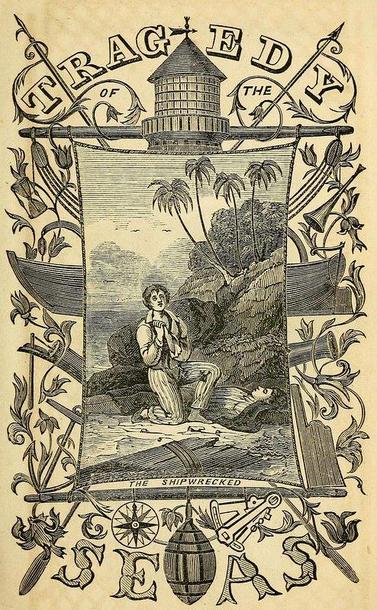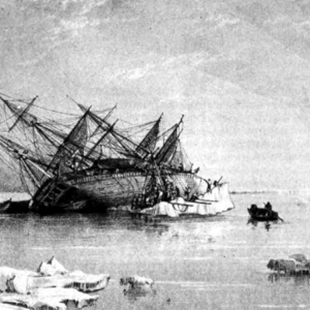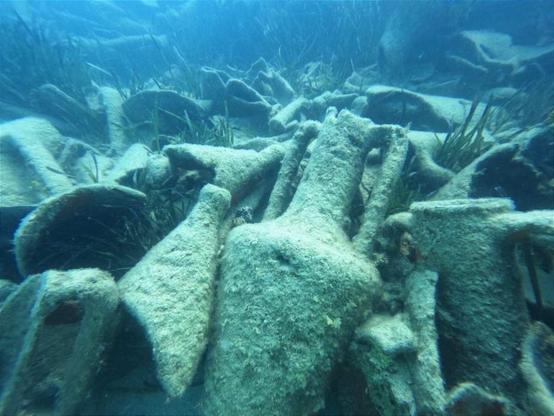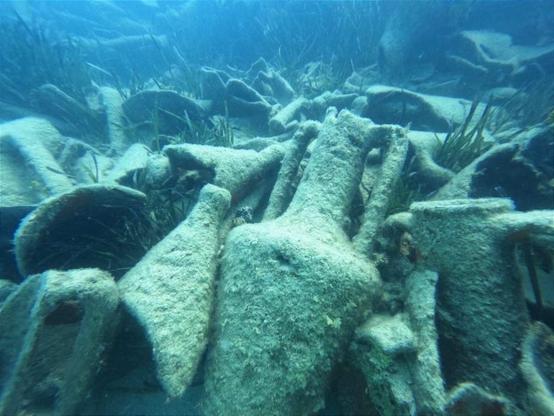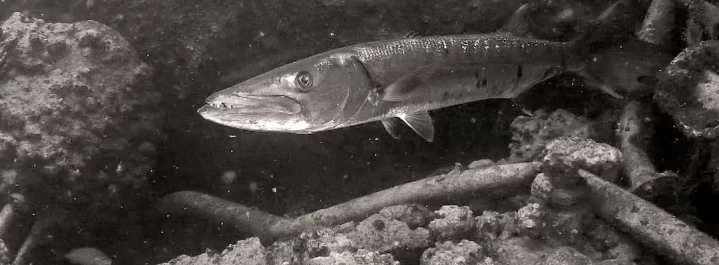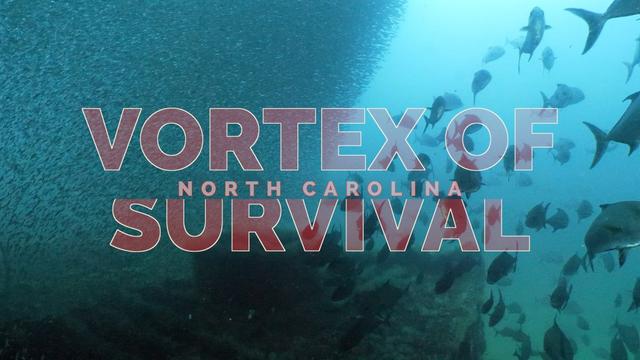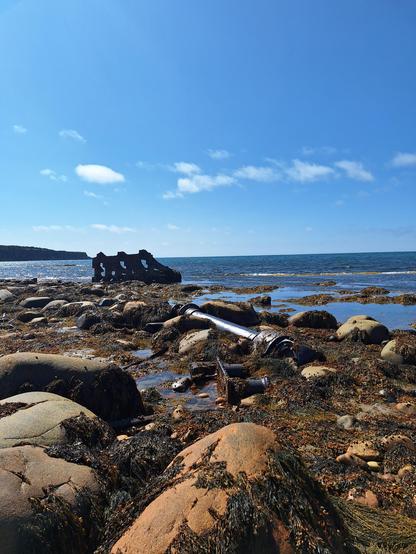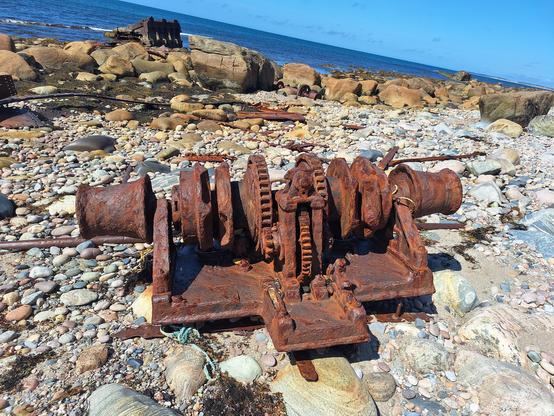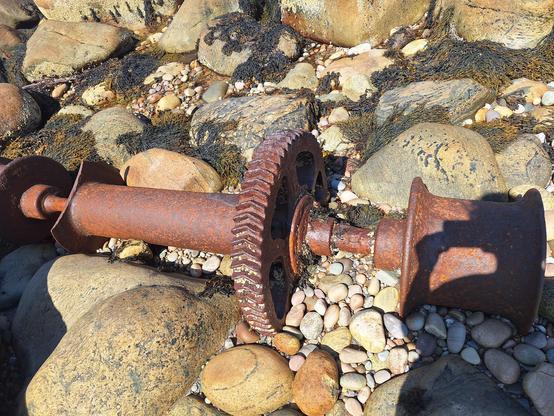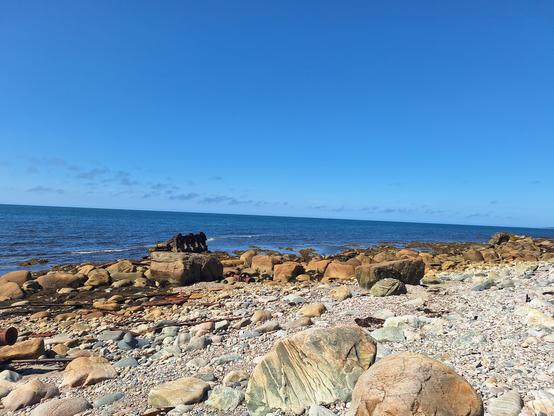Vortex of Survival: Baitball Frenzy on a North Carolina Shipwreck
We launched with Atlantis Charters (trip organized by Gotham Divers) and headed east into open Atlantic Ocean. This corridor of wrecks concentrates life: currents stack plankton, baitfish ride the structure, and predators cruise the edges. The top of the deck was approximately 85 ft deep, allowing for slight variation. The main action was positioned between 60 and 80 ft.
https://www.youtube.com/watch?v=QmKtGsic3pY
The Hunt: How the Vortex Forms
At first, the baitfish flashed in loose silver sheets above the deck. The jacks pressed in from the perimeter. The school cinched into a sphere. Then, it formed a spiraling column—a living vortex—hovering just over the main deck. Strikes came from the flanks and below, using the flat steel as a base to pin the bait upward. The cycle repeated: circle, squeeze, break, reset.
Likely predators: jacks commonly seen on NC wrecks (e.g., greater amberjack or almaco jack).
Tactics observed: herding, pin-wheel circling, quick surge strikes from cover.
Why Wrecks Amplify Predation
- Structure = leverage. Flat deck and vertical faces constrain escape routes and keep the baitball suspended just above steel, where predators can tighten the circle.
- Eddies & seams. The wreck’s wake creates small eddies that hold plankton, drawing in baitfish and the jacks that hunt them.
- Refuge–trap effect. The wreck feels like shelter to small fish, so it concentrates bait over hard structure; predators use the same edges and flat deck to corner and compress the school—turning “refuge” into a trap (an ecological trap).
Camera & Lighting Setup
- Camera: Panasonic GH5
- Lens: 14–42mm kit zoom paired with Nauticam wet wide lens (for fast switches to true wide FOV)
- Lights: Bigblue video lights for clean fill on the baitball’s outer skin and to hold color on the wreck details
- Approach: I stayed low to avoid splitting the school. Just hooover on the main deck of the ship wreck
Dive Conditions & Safety Notes
- Run: ~1 hour offshore from Atlantic Beach, NC
- Depth: ~80 ft to the deck; mid-water action above the superstructure
- Exposure: 5 mm wetsuit was comfortable
- Awareness: Mind surge along hull edges; track gas and NDLs closely at this depth.
What are NDLs? No-decompression limits (NDLs) are the maximum bottom times you can spend at a given depth without requiring mandatory decompression stops on ascent; they vary by depth, profile, gas mix, and your dive computer’s algorithm. Want to license this clip for editorial or commercial use? See my Licensing page
Credits
Boat: Atlantis Charters • Trip lead: Gotham Divers • Location: Offshore from Atlantic Beach, North Carolina
#atlanticOcean #baitballs #featured #jacks #Nature #northCarolinaScubaDiving #seaLife #shipwrecks #Underwater #wildlife
